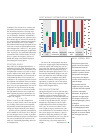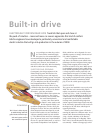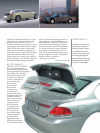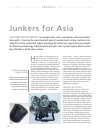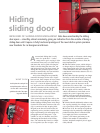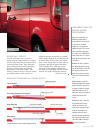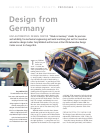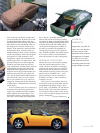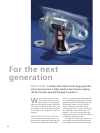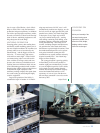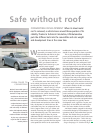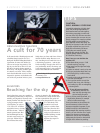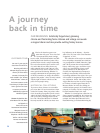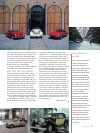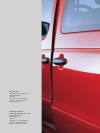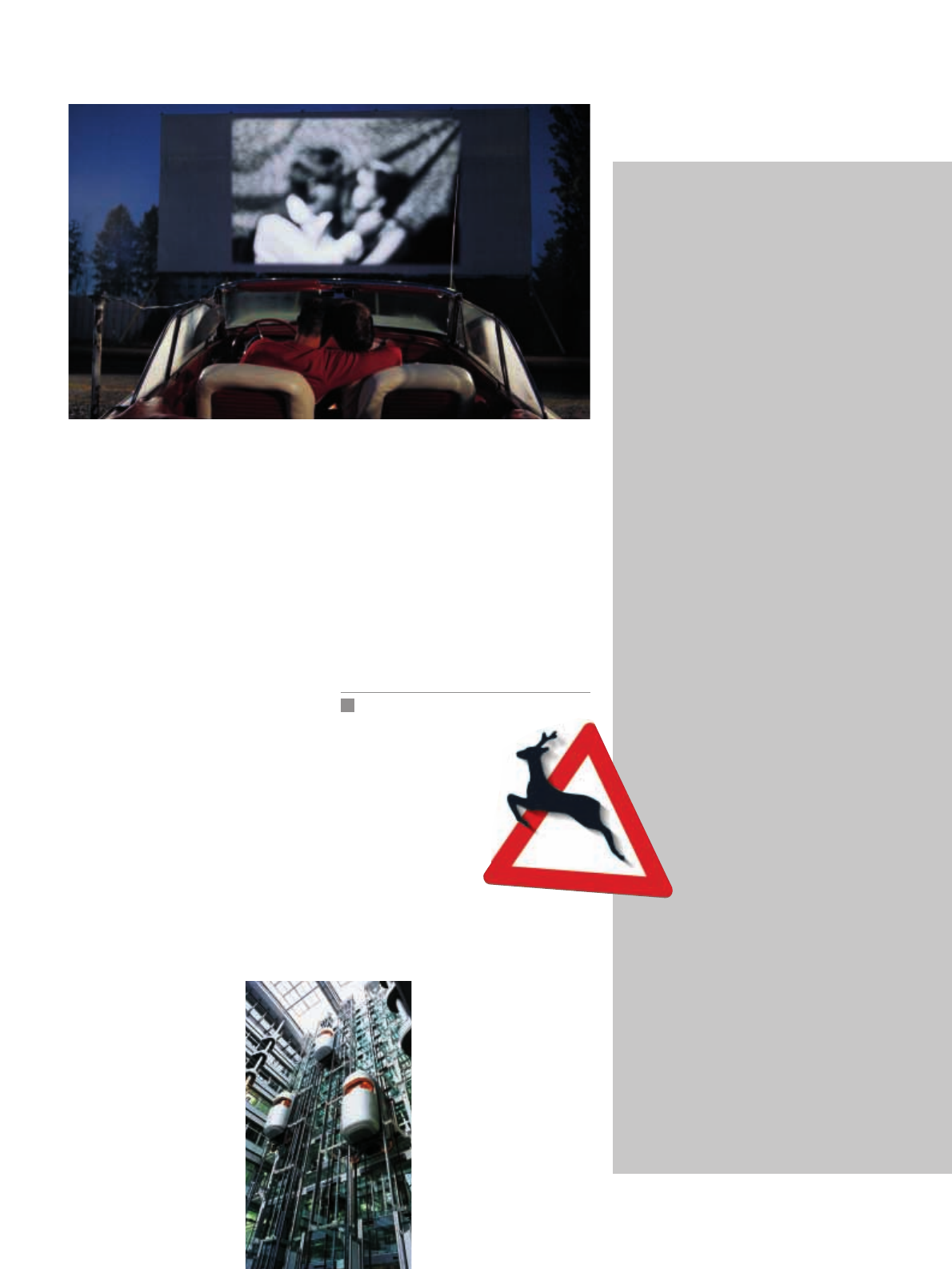
ELEVATORS
Reaching for the sky
Long before there were cars, mankind
was working continuously to improve its
mobility, and ingenious inventors were
already familiar with the idea of con-
veying passengers in the
vertical plane. As early as
1743, Louis XV of France
enjoyed the luxury of using
the first elevator – albeit a
muscle-powered one. But
the breakthrough for the
elevator came exactly 150
years ago: Elisha Graves
Otis invented the safety
elevator in America. His engineering
feat consisted of a clamp on the eleva-
tor that expanded into the guide rail
running along the platform in the event
of a cable break. This
invention is still used
today in a similar form.
Elevators from the Otis
Elevator Corporation are
today used in around 1.4
million buildings, includ-
ing ten of the twenty
highest skyscrapers in
the world.
Sadly, there are fewer and fewer of these
outdoor facilities today. Because even
now, watching movies under the stars is
a fascinating experience – and not just
for the nostalgic. Europe’s first drive-in
was, incidentally, built in Germany, and
is still operating today. It was opened in
1960 in Gravenbruch near Frankfurt.
It all started with a Kodak projector and
a bedsheet hung between trees in a
backyard: Richard Holingshead had to
experiment for some time before his
idea was at last put into practice. The
big day was the 6th of June 1933: the
first drive-in movie theater opened in
New Jersey. The heyday of these open-
air cinemas was in the 1950s, and the
main factor behind the success of this
inexpensive pastime was doubtless the
cult of the car prevalent in those years.
For a listing of all open-air cinemas
in Germany visit:
www.openairkinos.de
i
TIPS
A cult for 70 years
DRIVE-IN MOVIE THEATERS
CAUTION:
WILD ANIMALS CROSSING
Automobile engineering is highly devel-
oped, and the design departments of
both manufacturers and sub-suppliers
are working unceasingly to make vehi-
cles even safer. Still, there are some dan-
gerous situations that can never be com-
pletely prevented. For example, accidents
involving wildlife are particularly fre-
quent between autumn and spring.The
sad tally for Germany’s roads: more than
50 people are killed every year in acci-
dents with wild animals, and about
2,500 others are severely injured.
600,000 wild animals are killed.The
material damage amounts to around
350 million, and rising.
Here’s how you can minimize the
accident risk:
■ Slow down when you see a “wild
animals crossing” road sign
■ Keep away from the right-hand edge
of the road
■ Caution: an animal is rarely on its own
■ Only use your brakes when there’s no
risk of being hit by a vehicle coming
from behind
■ Animals on the road: apply brakes, use
horn and dip headlights
■ On no account swerve to avoid the
animal if there is any risk of hitting a
tree, landing in a ditch or endangering
oncoming traffic
If you do have an accident:
■ Immediately make the acci-
dent area safe (warning trian-
gle) and notify the police
■ On no account touch the animal, as it
might harbor diseases (for example
rabies) or inflict severe injury
Correct procedures at the accident site
are also necessary to claim from the
insurance companies. Important: if your
vehicle has not hit a wild animal but
been damaged after swerving around to
avoid it, you can claim the cost of repair
against your insurance company with
reference to ‘rescue costs’. Incidentally:
taking away the injured or dead animal
is illegal and is deemed as poaching.
BUSINESS PRODUCTS PROJECTS PROCESSES BOULEVARD
edwin 02
|
2003
25



